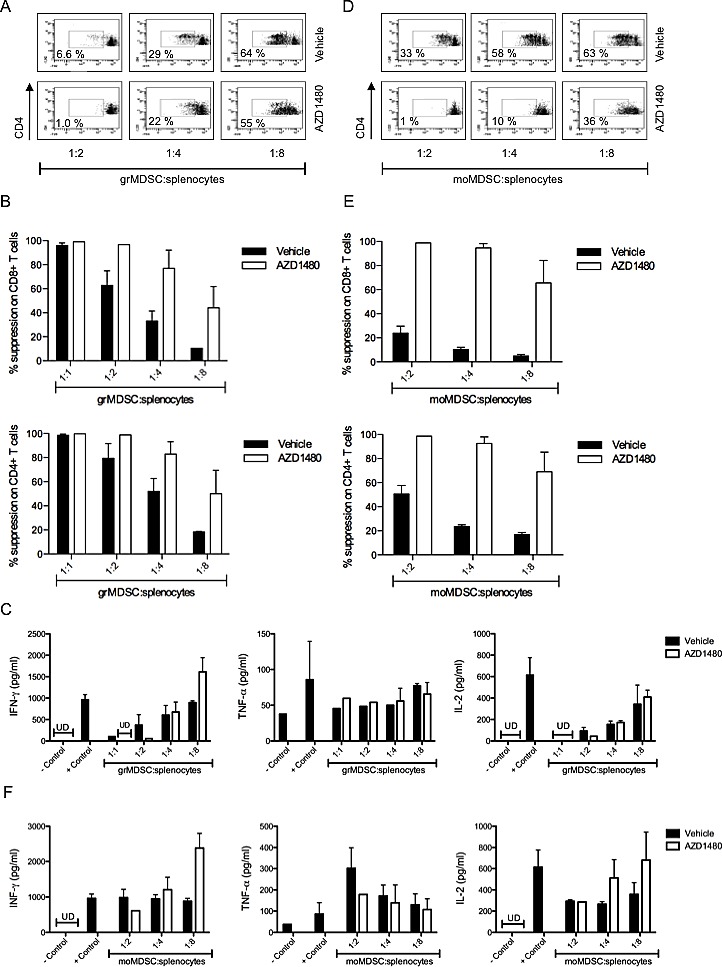Figure 4. In vivo AZD1480 treatment negatively impacts on the suppressive function of myeloid-derived suppressor cells.

MO4 tumor-bearing mice were treated with AZD1480 at 30 mg/kg or vehicle control by oral gavage bid for 7 days. Two hours after the last dosing mice were sacrificed and grMDSC and moMDSC were isolated from the spleen and used in a suppression assay. Controls included T cells cultured in the absence of MDSCs with and without T-cell stimulation. A. Representative FACS profile of the proliferation of CD4+ T cells in the presence of different ratios of grMDSC. B. Overview of the percentage suppression of CD8+ T-cell proliferation (upper panel) and CD4+ T-cell proliferation (lower panel) cultured in the presence of different ratios of grMDSC. Two independent experiments were performed and results are presented as mean ± SEM. C. IFN-γ, TNF-α and IL-2 production by splenocytes was determined after 3 days of co-culture with different ratios of grMDSC. Results of two independent experiments are shown and data are presented as mean ± SEM. D. Representative FACS profile of the proliferation of CD4+ T cells in the presence of different ratios of moMDSC. E. Overview of the percentage suppression of CD8+ T-cell proliferation (upper panel) and CD4+ T-cell proliferation (lower panel) cultured in the presence of different ratios of moMDSC. Two independent experiments were performed and results are presented as mean ± SEM. F. IFN-γ, TNF-α and IL-2 production by splenocytes was determined after 3 days of co-culture with different ratios of moMDSC. Results of two independent experiments are shown and data are presented as mean SEM.
